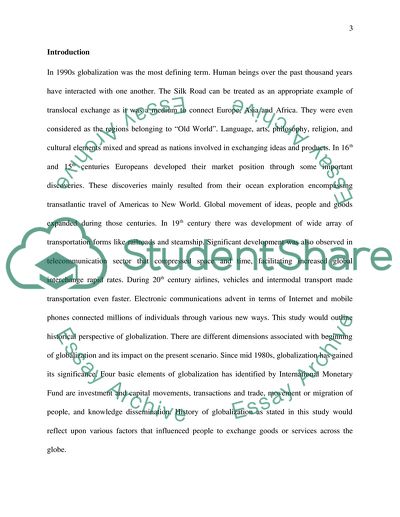Cite this document
(Globalization and the Politics of Resistance Essay, n.d.)
Globalization and the Politics of Resistance Essay. Retrieved from https://studentshare.org/history/1854933-when-did-globalization-begin
Globalization and the Politics of Resistance Essay. Retrieved from https://studentshare.org/history/1854933-when-did-globalization-begin
(Globalization and the Politics of Resistance Essay)
Globalization and the Politics of Resistance Essay. https://studentshare.org/history/1854933-when-did-globalization-begin.
Globalization and the Politics of Resistance Essay. https://studentshare.org/history/1854933-when-did-globalization-begin.
“Globalization and the Politics of Resistance Essay”, n.d. https://studentshare.org/history/1854933-when-did-globalization-begin.


